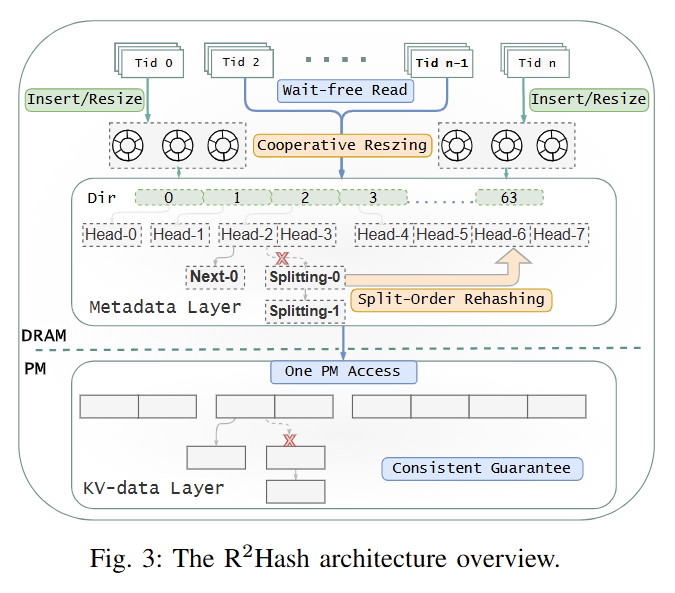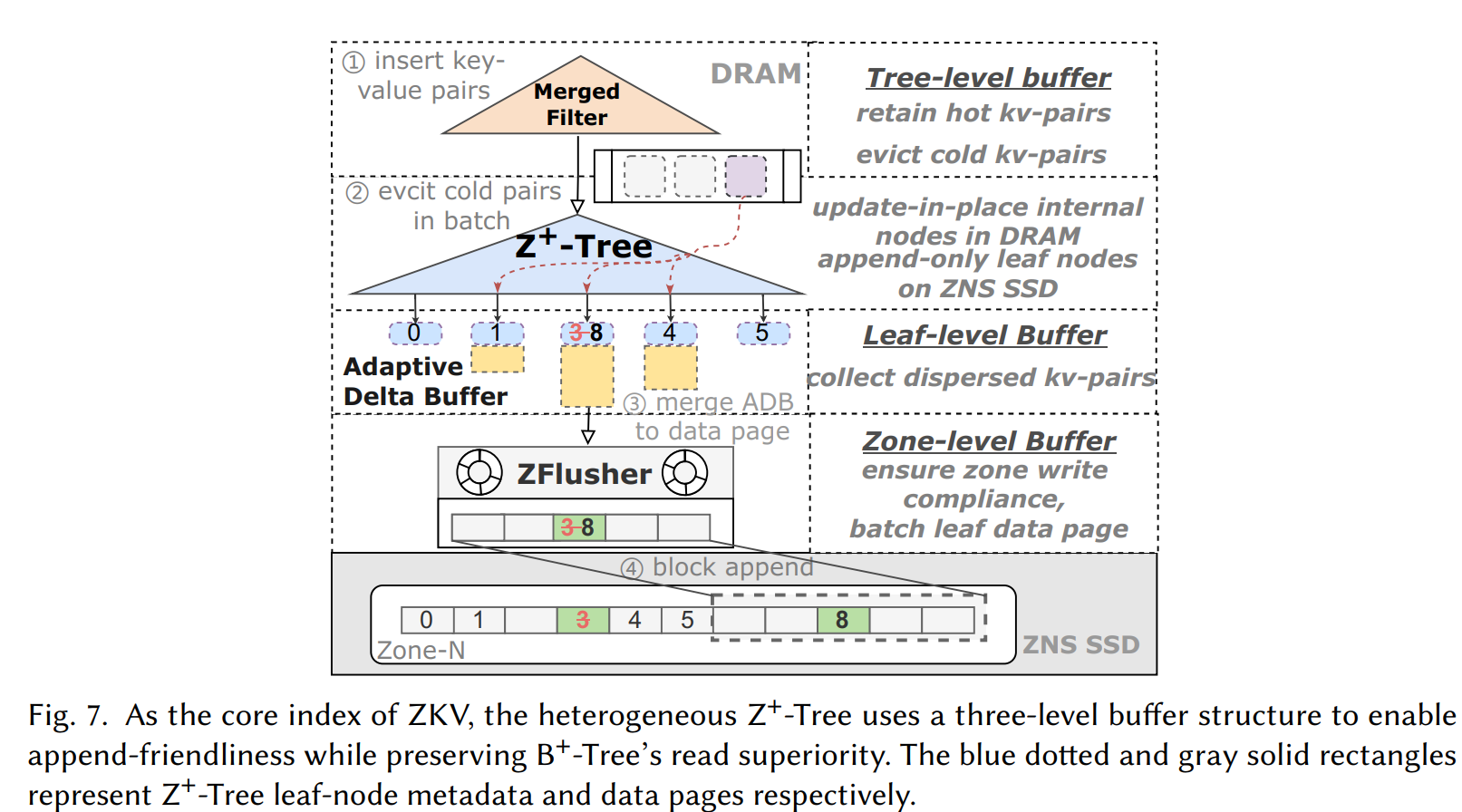Jinlei Hu

Contact me: "hujinlei [AT] hust.edu.cn"
I am currently pursuing the Ph.D. degree at HUST under the supervision of Prof. Jianxi Chen and Prof. Dan Feng.
I received the B.E. degree from the UESTC, Chengdu, in 2020. From 2020 to 2023, I was enrolled in the integrated Master-Ph.D. program at HUST, Wuhan, where I completed the requirements for the M.S. degree.
My research is primarily focused on high-performance key-value stores for persistent memory and SSDs.
news
| Nov 17, 2025 | Our Paper ZKV is accepted by ACM Transactions on Architecture and Code Optimization (TACO) |
|---|---|
| Sep 12, 2025 | Our Paper R2Hash is selected as one of ICCD 2025 Best Paper Candidates |
| Aug 02, 2025 | Our Paper R2Hash is accepted by ICCD 2025. |
selected publications
- ICCD
 R2Hash: A Read-Optimized and Resize-Friendly Hashing Index for Persistent MemoryIn 2025 IEEE 43rd International Conference on Computer Design (ICCD), Nov 2025
R2Hash: A Read-Optimized and Resize-Friendly Hashing Index for Persistent MemoryIn 2025 IEEE 43rd International Conference on Computer Design (ICCD), Nov 2025




